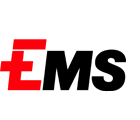Zürich, 6. Oktober 2014
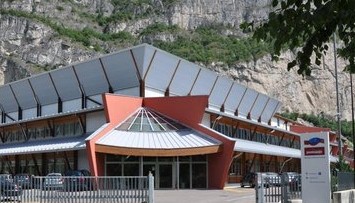
Der grösste Schweizer Milchverarbeiter Emmi verkauft den Joghurthersteller Trentinalatte an die deutsch-österreichische Industrieholding Livia. Über den Kaufpreis wurde Stillschweigen vereinbart, wie Emmi am Montag mitteilte. Trentinalatte mit Sitz in Roverè della Luna hat dem Unternehmen den Halbjahresabschluss schwer in Leidenschaft bezogen. Belastet von Wertberichtigungen auf der norditalienischen Tochter von CHF 38.5 Mio. ist der Reingewinn um 76% auf CHF 9.8 Mio. gefallen.
Emmi hatte Trentinalatte im Juli 2006 übernommen mit dem Ziel das Joghurtgeschäft in Italien zu diversifizieren. Der Kaufpreis war damals nicht genannt, jedoch von Analysten aber auf rund CHF 30 Mio. geschätzt worden. Trentinalatte leidet laut Emmi unter der angespannten wirtschaftlichen Lage in Italien. Für die Tochtergesellschaft seien alle Optionen geprüft worden, hiess es. Emmi habe sich unter einer Vielzahl von Interessenten für den Verkauf an Livia entschieden.
Für das weiter Bestehen von Trentinalatte seien alle Optionen sorgfältig geprüft worden und man freue sich, dass mit der Livia Gruppe ein Investor gefunden wurde, der das Potenzial der Mitarbeitenden und des Standortes zu würdigen wisse. Die Industrieholding mit Sitz in München und Wien verfüge über das notwendige Knowhow für eine erfolgreiche Trentinalatte. /RLU
source: www.emmi.com


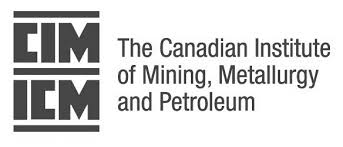
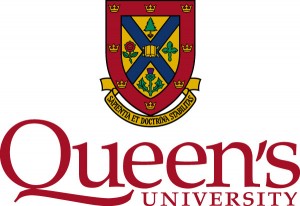
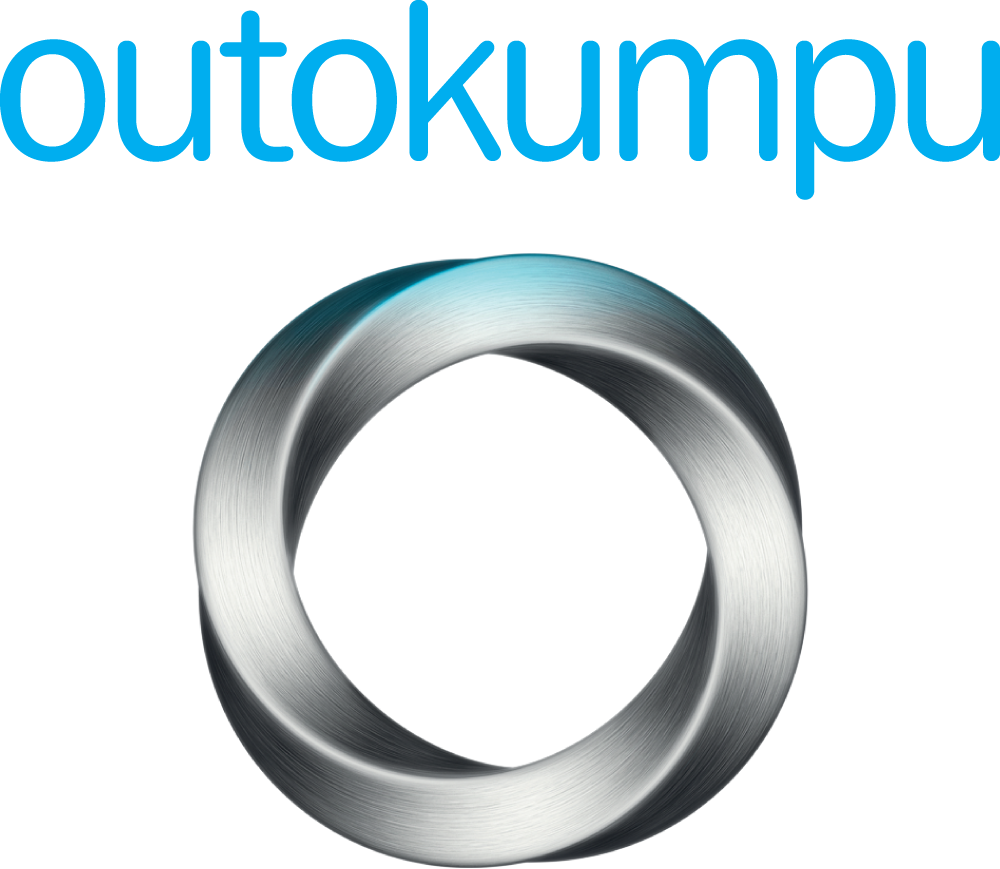

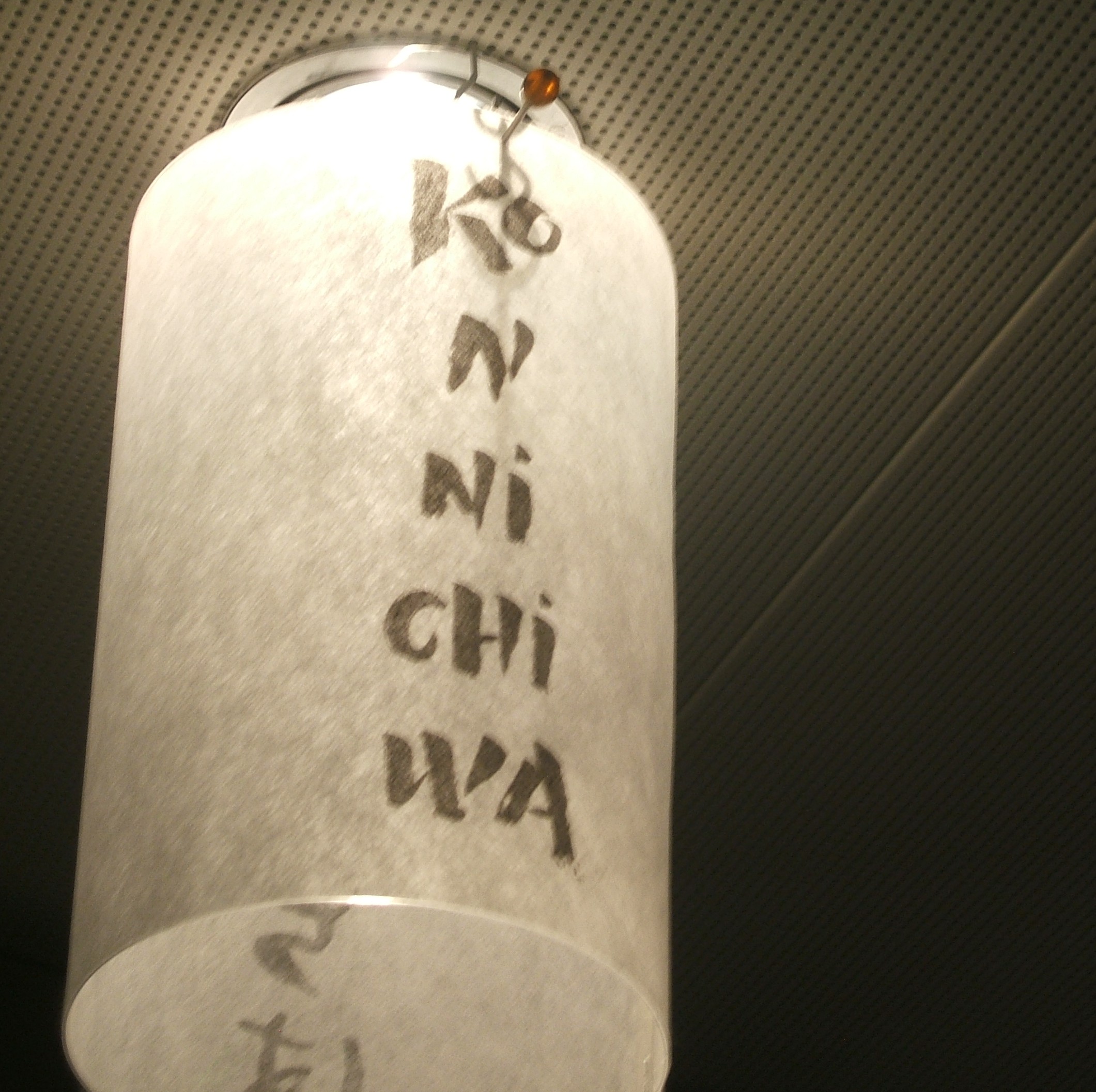
 oncrete connections and composite structures worldwide. It has recently announced that it will open a new production unit in Damman, the eastern part of Saudi Arabia. the new site of 3000 square metres will replace a small-scale workshop and warehouse, with the goal of producing connection items used in precast construction. This has been designed to optimise delivery times and flexibility for Saudi Arabian customers as well as to increase capacity in the Gulf area. By its full operation, Peikko’s activity in the gulf region will require 150 employees.
oncrete connections and composite structures worldwide. It has recently announced that it will open a new production unit in Damman, the eastern part of Saudi Arabia. the new site of 3000 square metres will replace a small-scale workshop and warehouse, with the goal of producing connection items used in precast construction. This has been designed to optimise delivery times and flexibility for Saudi Arabian customers as well as to increase capacity in the Gulf area. By its full operation, Peikko’s activity in the gulf region will require 150 employees.